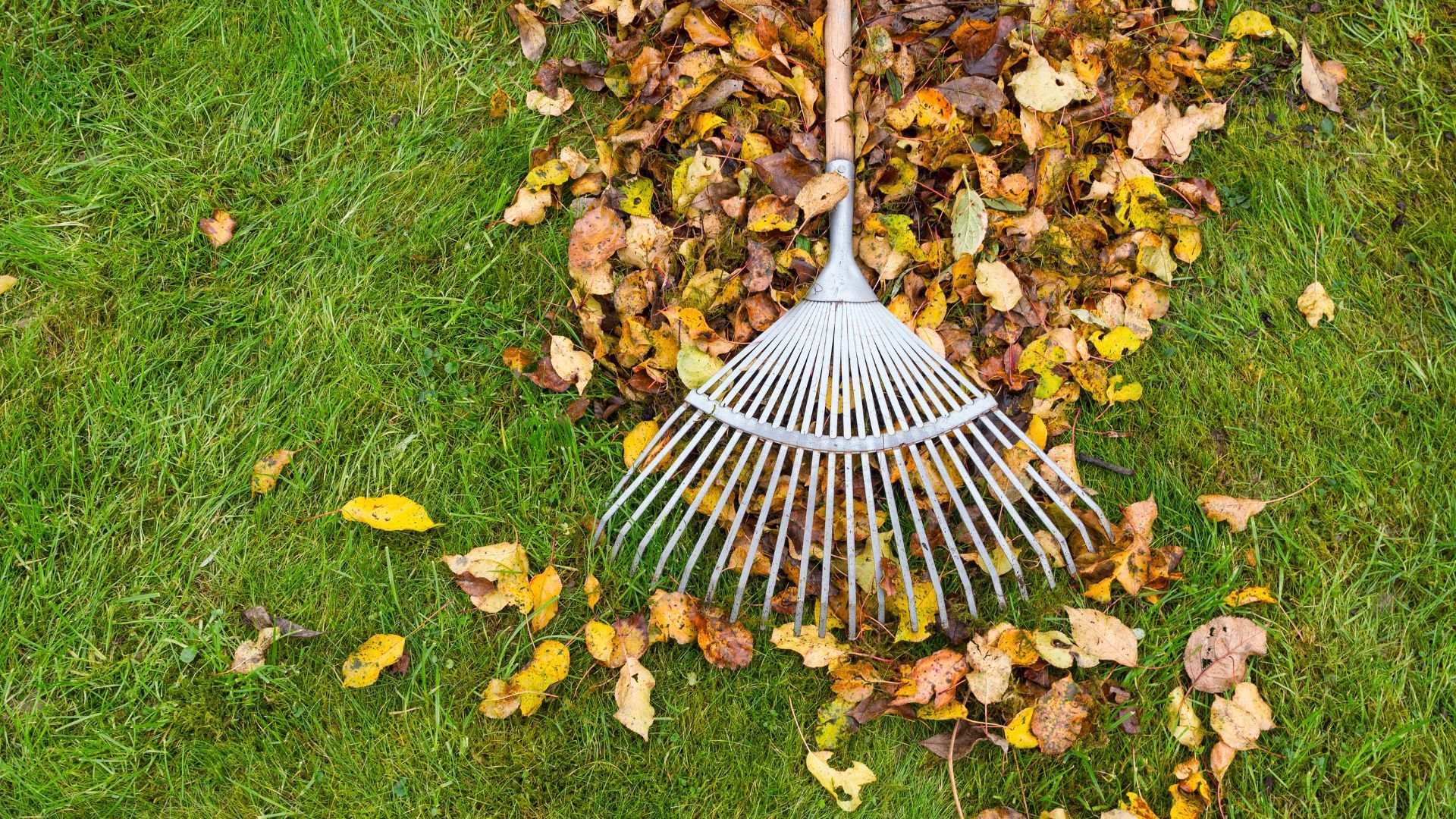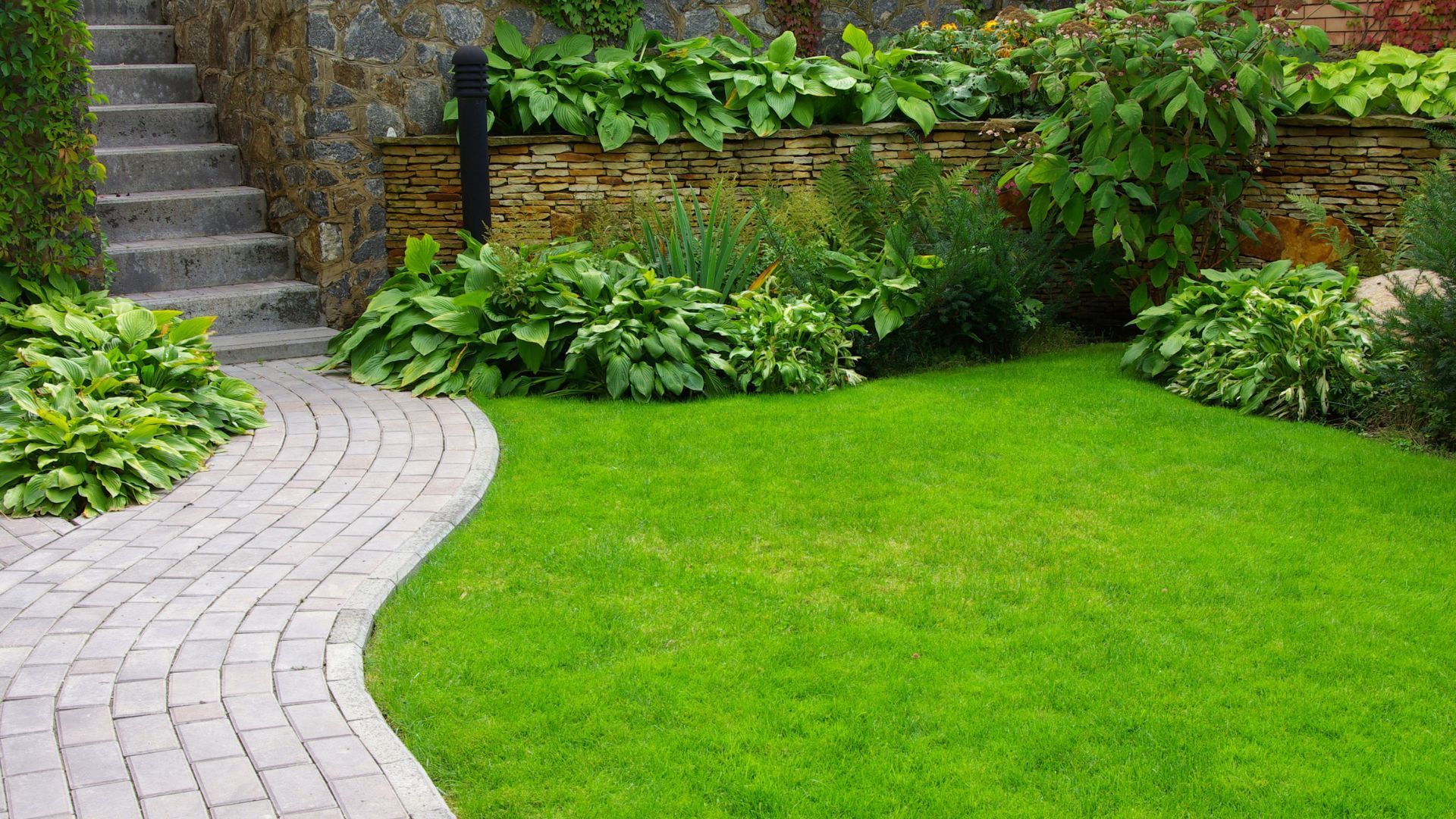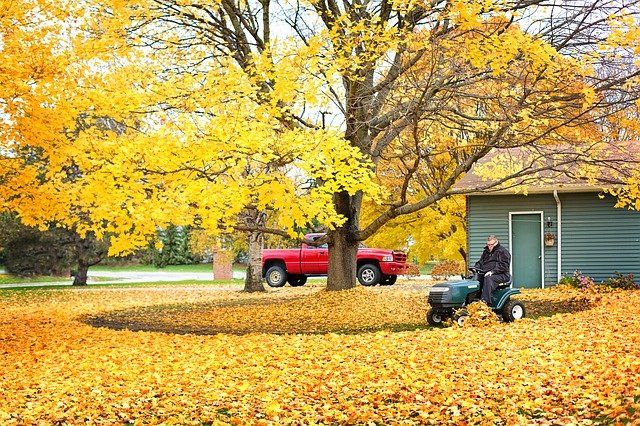What Are Some Eco-Friendly Landscaping Practices I Can Incorporate Into My Yard?
While all landscaping involves making visual improvements to an outdoor space, not all landscaping is actually beneficial to the environment. If your landscape requires a lot of maintenance, extra water, energy, or fertilizer, it is likely not very environmentally friendly. Eco-friendly landscapes also provide habitats for local birds and other small wildlife.
So how do you ensure that your landscaping is helping the environment? Here are a few design choices and practices you can implement in your landscape starting right now!
Solar Powered Lighting
Conserving electricity is always an eco-friendly choice. One of the best ways to do this in your landscape is to replace battery powered or plug-in lights with solar powered lights. These lights will charge during the day then illuminate your landscape once the sun goes down - all without increasing your energy usage. Not only will it help the environment, it will save you a little money as well!
Permeable Hardscaping
Swapping out non-native grass for hardscaping can be great for the environment - it eliminates the need for chemical fertilizers, extra watering, and the use of gas or electric lawn mowers. For the most environmental impact, choose hardscaping that allows water to soak through into the ground beneath it. Concrete slabs and some pavers can actually contribute to runoff and water pollution, so they are not ideal for large areas of your yard. Instead, choose a material like river rock or permeable pavers to keep the water cycle working the way it was designed to.
Erosion Control
Many beautiful landscapes inadvertently contribute to erosion and water runoff. Sloped lawns and bare patches of ground allow soil to be washed away during rainfall, sweeping both chemicals and sediment into our water sources. Erosion also often takes away the most fertile soil, increasing your need for fertilizers.
There are many attractive ways to prevent erosion in your landscape. Ground cover can keep soil in place, while retaining walls or terraced gardens can prevent runoff. Rain gardens are one of our favorite ways to control water - these sunken gardens collect runoff from nearby structures and clean it before allowing it to soak into the ground.
Compost Stations
We all know that recycling is good for the environment, so why not do it in your yard? Composting is the process of turning organic waste - grass clippings, food scraps, raked leaves, and more - into fertilizer to feed the next generation of plants. Instead of removing nutrients from your micro-ecosystem by sending these items to the landfill, build a compost bin and keep all the natural goodness right in your yard.
Composting doesn’t have to be a pile of rotting vegetables out in the open - compost bins can be attractive wooden structures that actually add to the charm of your landscape. Plastic bins are also available for purchase if you’d like to keep the process completely contained. Whichever bin you choose, make it a part of your landscape with decorations or adjoining flower beds, and no one will ever know what is happening inside!
You might also like



